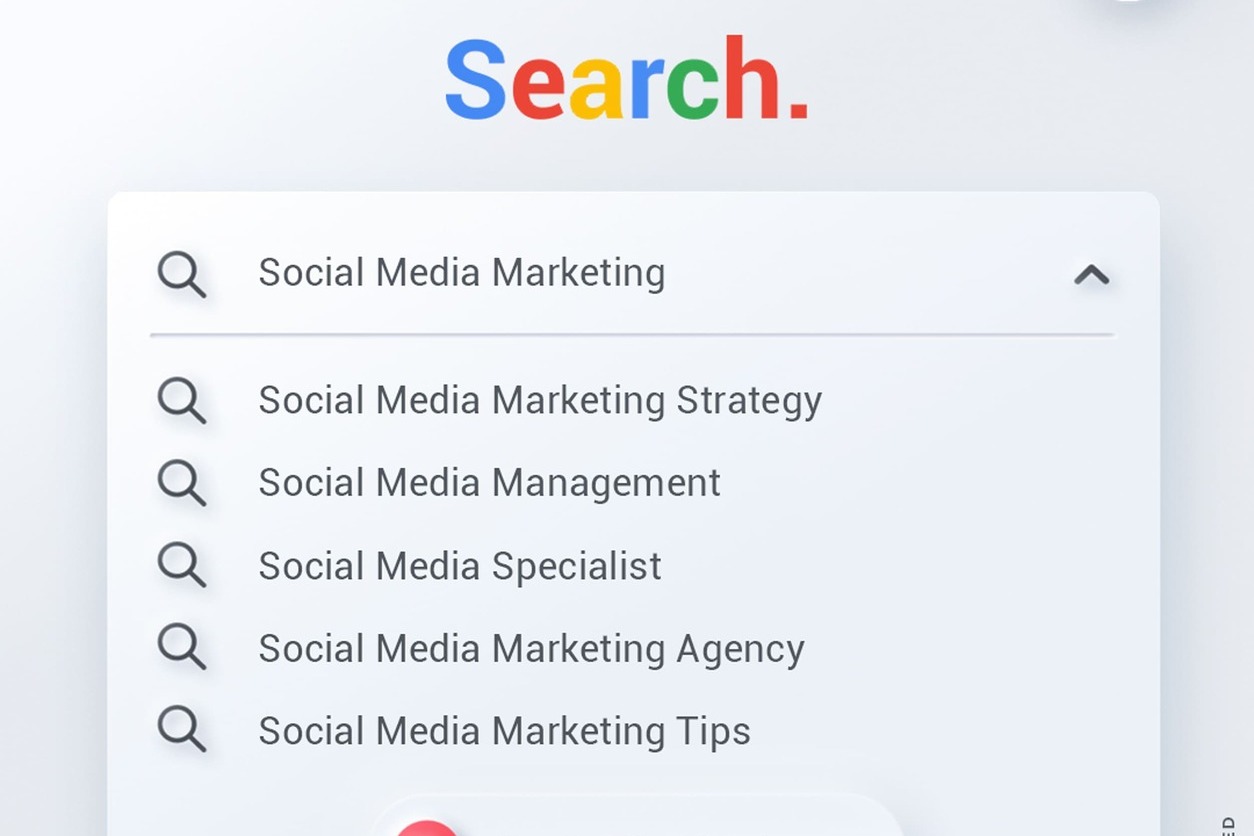In an era of information overload, understanding what your audience is searching for becomes a pivotal factor for online success. Imagine being able to read the minds of your users, anticipate their needs, and provide precisely the information they’re seeking. Sounds magical, doesn’t it? In reality, it’s the art of grasping search intent. Dive into the world of SEO with us and discover how to accurately interpret the desires of your audience and turn them into tangible results for your business.
Search intent is the primary reason a user enters a query into a search engine. It’s what the user genuinely wants to find or learn. Understanding and optimizing for search intent can significantly enhance the visibility of your content in search results.
Why is Keyword Intent So Crucial for SEO?

Search intent plays a central role in modern SEO. Search engines, like Google, aim to provide users with the most relevant and valuable results that match their specific needs and expectations. If your content doesn’t meet these expectations, it might not secure a high position in search results, even if it’s well-crafted and optimized. For instance, if a user searches for “how to care for succulents,” they expect to find a detailed guide or article with care tips for these plants. If they instead come across a store page selling succulents, it might not align with their current search intent, leading them to return to the search results, negatively impacting user behavior metrics on your site. Another example: when searching for “best psychology books,” a user likely expects to see a list of recommended books with reviews or brief summaries. If the search results display a page featuring only one author or a single book without additional information, it might not meet the user’s expectations. Thus, understanding and aligning with search intent not only boosts your site’s visibility in search results but also enhances user experience, reduces bounce rates, and increases session duration.
How to Classify Google Search Intent?

Typically, SEO experts categorize keywords into three intent types:
- Informational – Users want to learn something new.
- Transactional – Users want to purchase something.
- Navigational – Users are searching for a specific site. However, these categories can be overly generalized. It’s crucial to understand what the user genuinely wants to learn or do.
The Three “C”s of Keyword Search Intent:
- Content Type – This could be a blog, video, product page, etc.
- Content Format – This could be a guide, review, comparison, etc.
- Content Angle – This is the unique feature or perspective the content offers.
How to Optimize Content for Search Intent?

Here are several steps you can take to optimize your content:
-
Keyword Analysis
First and foremost, you need to understand which keywords and phrases your target audience uses when searching. Use keyword analysis tools to identify the most relevant queries.
-
Determining Intent Type
As previously mentioned, there are various types of search intent: informational, transactional, and navigational. Determine which category your content falls into and optimize it accordingly.
-
Creating Quality Content
After determining the intent, create content that fully satisfies the user’s needs. If it’s an informational query, provide detailed, objective, and up-to-date information on the topic.
-
Visual Elements
Incorporate visual elements such as images, infographics, and videos to make your content more appealing and informative.
-
Internal and External Linking
Use internal links to direct users to other relevant pages on your site. Also, obtain high-quality external links from authoritative sources to bolster your content’s authority.
-
Mobile Optimization
Ensure that your content is optimized for mobile devices, as an increasing number of users search for information using smartphones and tablets.
-
Feedback and Analysis
After publishing the content, gather feedback from users and analyze metrics such as session duration, bounce rate, and conversion. This will help you understand how successfully you’ve addressed search intent and make necessary adjustments.
-
Continuous Update
Search intent can change over time. Therefore, regularly review and update your content to ensure it remains relevant and aligns with current trends and user needs.
By following these recommendations, you’ll be able to craft content that not only aligns with the search intent of your target audience but also captures their attention, retains them, and converts them into loyal customers.
Conclusion
In a world where information becomes genuine digital gold, understanding and satisfying the needs of your audience is the key to a successful online presence. Search intent isn’t just a term; it’s a compass pointing the direction in the world of SEO. However, without the right tools and strategy, even the most valuable insights might remain untapped. Fortunatos.io offers you not just services but a partnership. We strive to understand your business, your goals, and your audience to provide the best solutions. Our experts are ready to help you decipher the intricacies of SEO and craft a strategy that yields real results. Allow us to be your trusted partner in this journey to the peaks of the digital realm. Together, we can reach the stars!

 Amazon Marketing
Amazon Marketing


